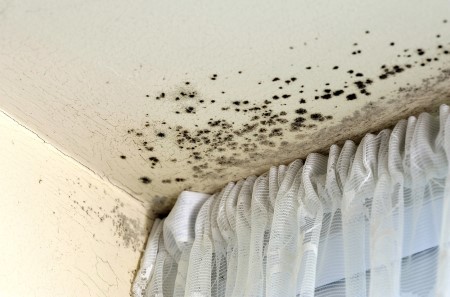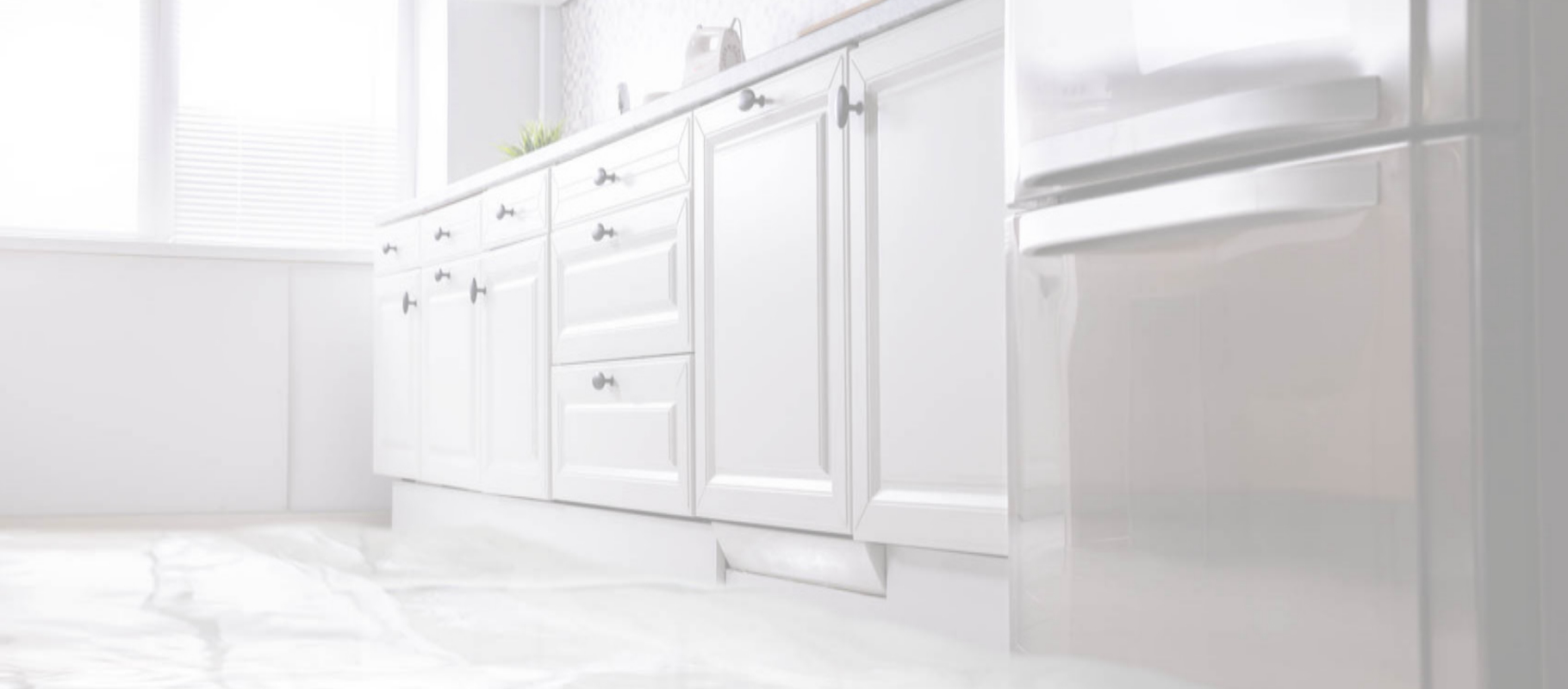24/7
Emergency Services
We Work Directly
With Your Insurance Company
We Help
Save You Money
How To Prevent Mold Growth After Water Damage

As bad weather like hurricanes, tornadoes, heavy rainfall, and melting snow occur, water damage and flooding in your home are possible. Not only can water damage ruin your home’s structure, flooring, and possessions, it can also cause much larger issues like mold and mildew, if not dealt with quickly.
As soon as you realize there is a flooding issue in your home, it’s best to deal with it right away to prevent more damage and mold growth. Follow these tips to learn how to prevent mold after water damage.
How Does Mold Grow?
Mold needs five main conditions in order to grow: oxygen, moisture, food (mostly starch or sugar), 50% humidity or higher, and temperatures over 41 degrees. Almost every home provides the oxygen and temperature requirements for mold growth. The paper backing on drywall serves as a food source. Add water from flooding, a leaking pipe, or broken appliance only worsens the probability of mold growth in your home.
How to Prevent Mold Growth
- Dry out your home quickly.
Clean and dry water damaged areas within 48 hours of the flood to prevent mold growth. You can use mops, wet/dry vacuums, commercial-grade fans, dehumidifiers, and opening windows to allow for air flow. Hire a water damage mitigation and restoration professional for the water to be cleaned up faster with a higher grade of equipment, to take the burden off of you, and to ensure no mold or mildew in your home. Check with your insurance company about policy coverage.
- Be aware of musty smell in house.
As you dry out your home, be aware if you start to smell any odd or foul odor. This could be the start of mildew or mold growth. If the smell doesn’t go away or gets worse, consider having a professional conduct a mold evaluation .
- Repair home water damage.
Once water is removed and the area dried, repair or replace any water damaged items and materials around your home. Water damaged materials, like laminate or drywall, will need to be replaced to guarantee that no mold will grow. As you repair your home, you might want to consider mold resistant insulation and mold prevention paint.
- Check for an outdoor water leak.
Routinely walk-around the outside your home and check for standing water, especially near your foundation. Water buildup near your home is a perfect spot for mold to grow. It can result in mold seeping into the ground, through the drywall or foundation, and into your home. Fix the sitting water issue at the source to prevent outside water issues from becoming indoor mold problems.
Need Help Preventing Mold Growth After a Flood in Your Home?
Call Riverside Restoration Inc. at the onset and avoid insurance delays so the mold and mildew damage to your property will be quickly, safely, and professionally remediated and restored.
At the same time that you call your insurance adjuster, call us, too. We will help you navigate the thicket. By being proactive, you’ll also help to prevent an insurance company from recommending an undesirable contractor out of their own self-interest. As a policy holder, you have the right to choose your own contractor.
At Riverside Restoration Inc., our staff provide exceptional professionalism, integrity, and fine craftsmanship on every project.
Need Help with Restoration & Remediation?
Contact Riverside Restoration

